New Study: Employer-Sponsored Health Insurance Produces +47% Return on Investment for American Businesses
Washington, D.C. — Employers in the United States this year will earn an average return on investment (ROI) of 47% from their employer-sponsored health insurance (ESI) programs, according to a new study from Avalere Health. This means for every dollar spent on ESI, employers get back $1.47 in financial benefits. The analysis from the health data firm finds that the average ROI is projected to grow to 52% in 2026, and that businesses that invest more in their ESI programs tend have a higher ROI.
While providing employees high quality health insurance is the right thing to do for workers, the report shows how it makes business sense. Avalere attributes the direct financial return for employers to lower direct medical costs, increased productivity, lower recruitment costs, stronger retention, lower short- and long-term disability costs, as well as tax benefits. More than 155 million Americans currently get their health insurance through ESI.
The study was commissioned by the U.S. Chamber of Commerce on behalf of the Protecting Americans’ Coverage Together (PACT) campaign. PACT members, including the U.S. Chamber of Commerce, Business Roundtable, The National Association of Manufacturers, Council for Affordable Health Coverage, and Vermeer Corporation, represent leading employer voices focused on strengthening the employer-sponsored insurance (ESI) system and protecting the coverage and benefits that American families depend on for their health.
The report from Avalere looks across industries at trends that drive ROI higher and lower. Avalere highlights the manufacturing industry as an example, finding American manufacturers see an ROI of 42% on their ESI programs.
“Employee-sponsored health insurance is a win-win for employers and employees,” said Katie Mahoney, Vice President of Health Policy at the U.S. Chamber of Commerce. “We know employees place a high value on quality health insurance in the workplace, and now we have more evidence that employers benefit significantly from investing in these programs as well. Employer-provided coverage is the backbone of the American health care system, and this report reinforces that any reforms should build off this model that is good for workers and companies alike.”
“Improving productivity and wellness make America more competitive and prosperous,” said Joel White, President of the Council for Affordable Health Coverage. “While employers offer health coverage to improve the health and welfare of their employees, employees and their families benefit significantly. This study shows that Congress and the Administration must work to expand job-based coverage, not weaken it.
“Manufacturers are in the business of innovating and delivering best-in-class products to their customers,” said Robyn Boerstling, Vice President, Infrastructure, Innovation and Human Resources Policy at the National Association of Manufacturers. “That philosophy extends to the benefits provided to their employees, and this report further validates that offering comprehensive and innovative health benefits is not only the right thing to do but also critical to attracting and retaining the best talent. We are proud that approximately 99% of NAM member companies offer health benefits to employees, and working Americans understand the value and competitiveness of employer-sponsored health care.”
“As an employer, knowing who we are caring for and the communities they come from gives us the advantage of providing access to quality, affordable care to our team and their families,” said Vermeer Corporation. “It is an incredibly important part of how we care for our people.”
The study, which examined employers with 100 or more employees, defined ROI as “the monetary value of benefit for each dollar employers invest in healthcare coverage. Investment in ESI may include health insurance premiums, wellness programs, direct medical expenses, administrative costs associated with processing medical claims, and other costs associated with providing health insurance. Avalere calculated the ROI derived from ESI by dividing the total employer benefits by the total costs of providing ESI.”
The full report including methodology can be found here.
# # #


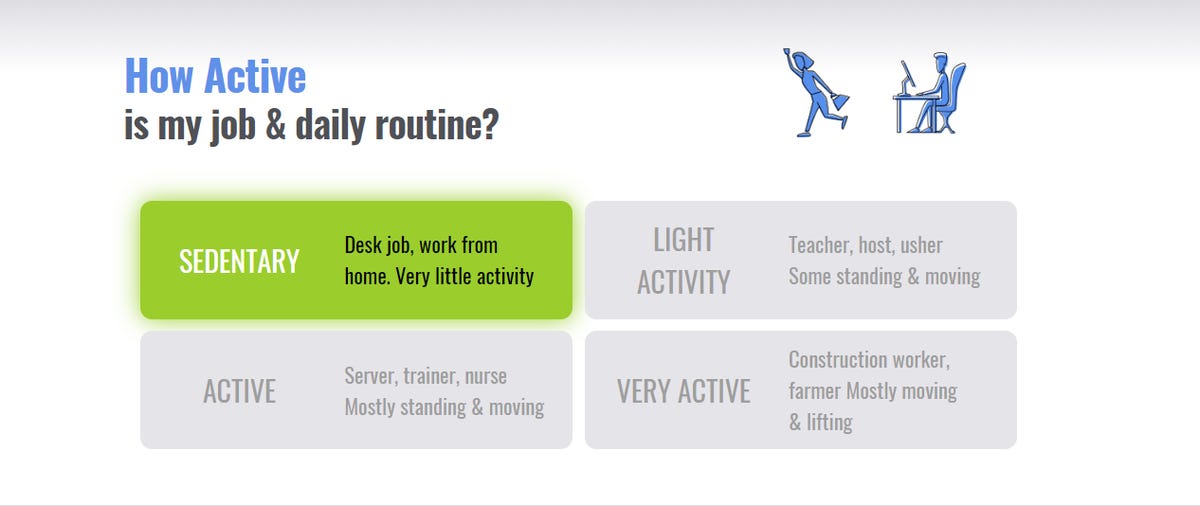
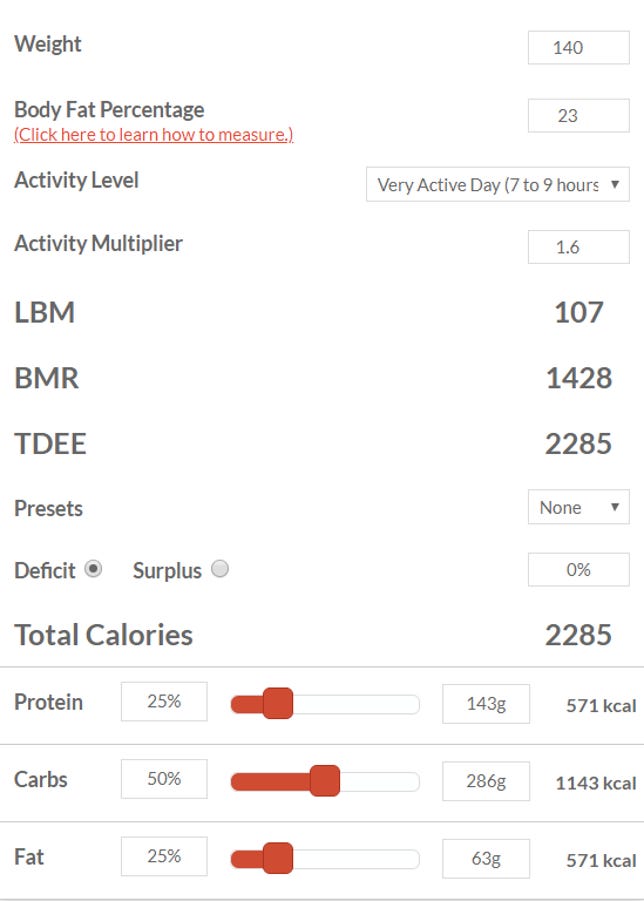
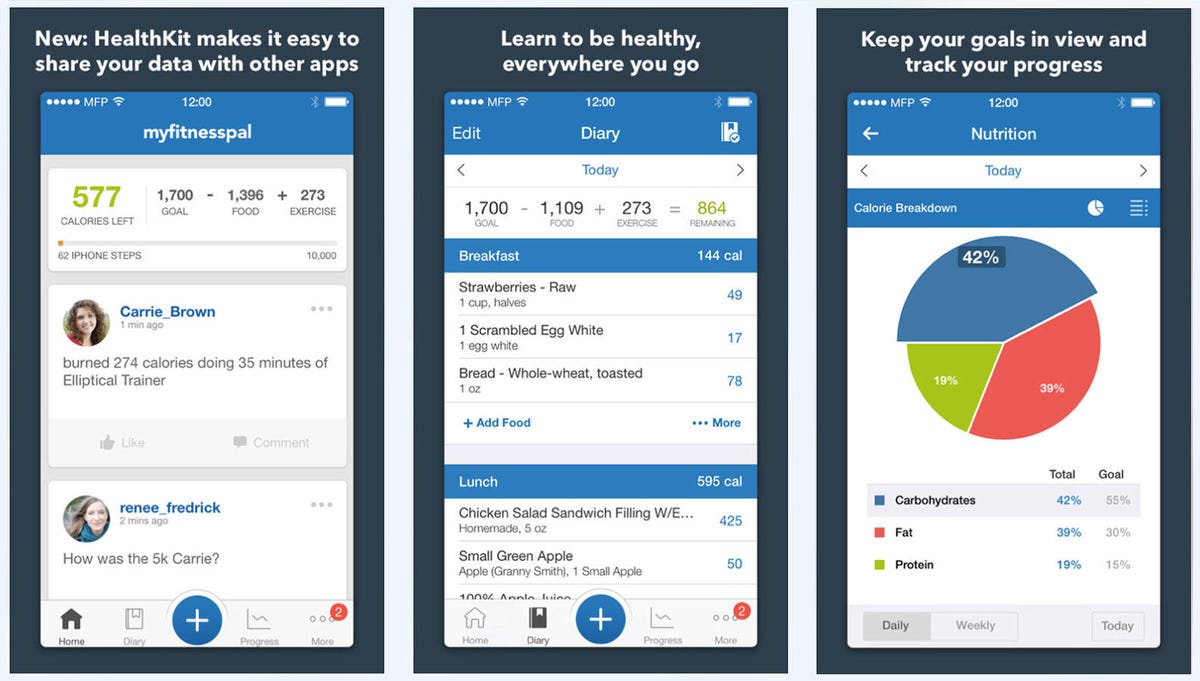
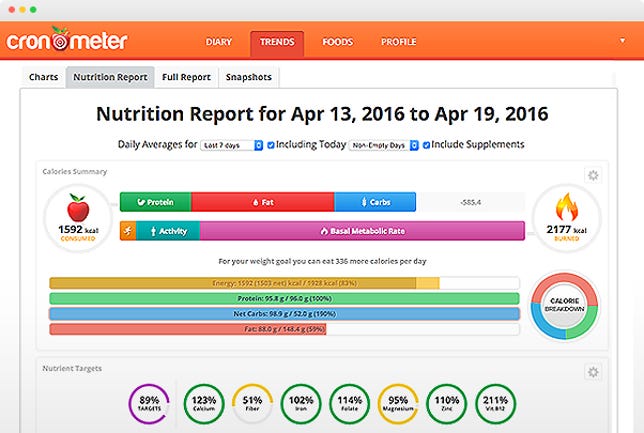
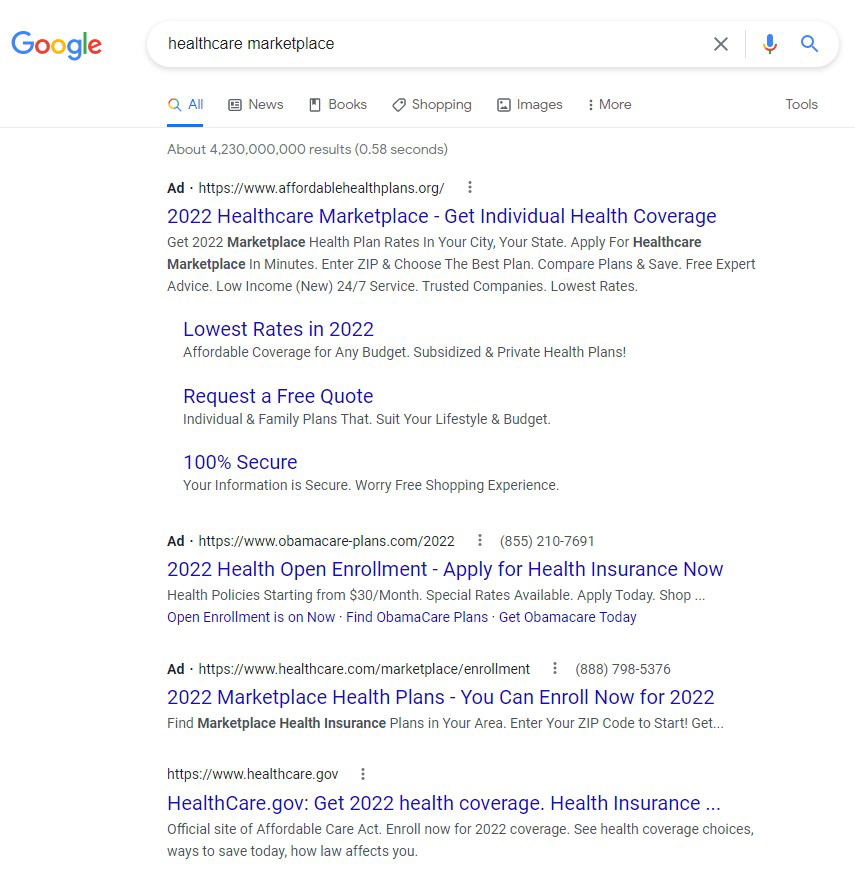




:quality(70)/cloudfront-us-east-1.images.arcpublishing.com/tronc/WZGIWSRHQNAZ5B7LAEQTNUHSSI.JPG)